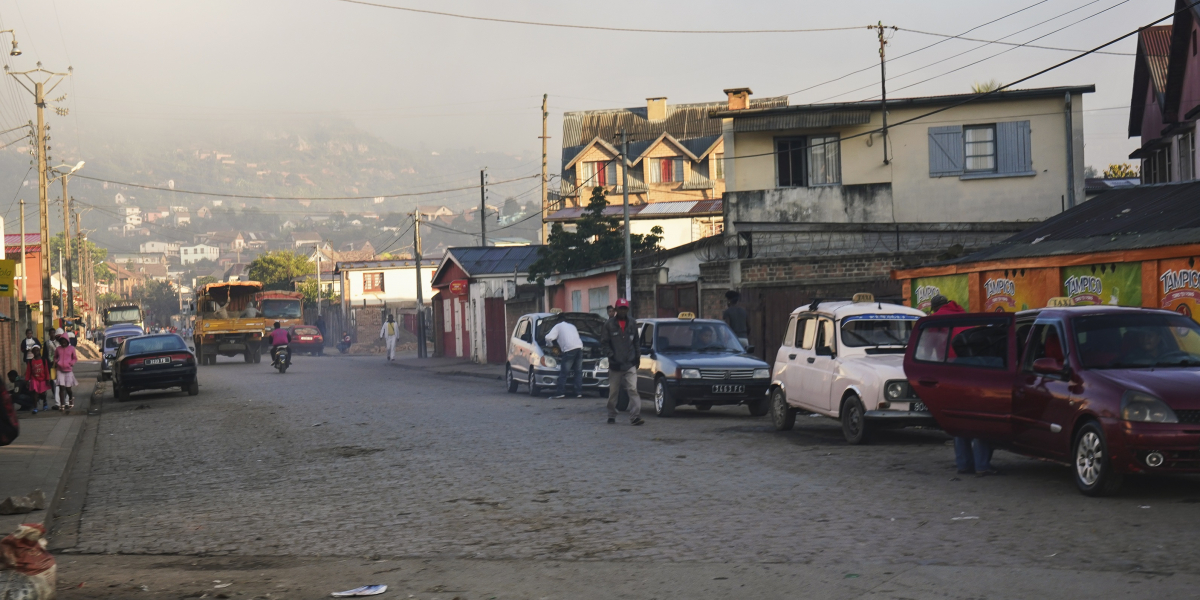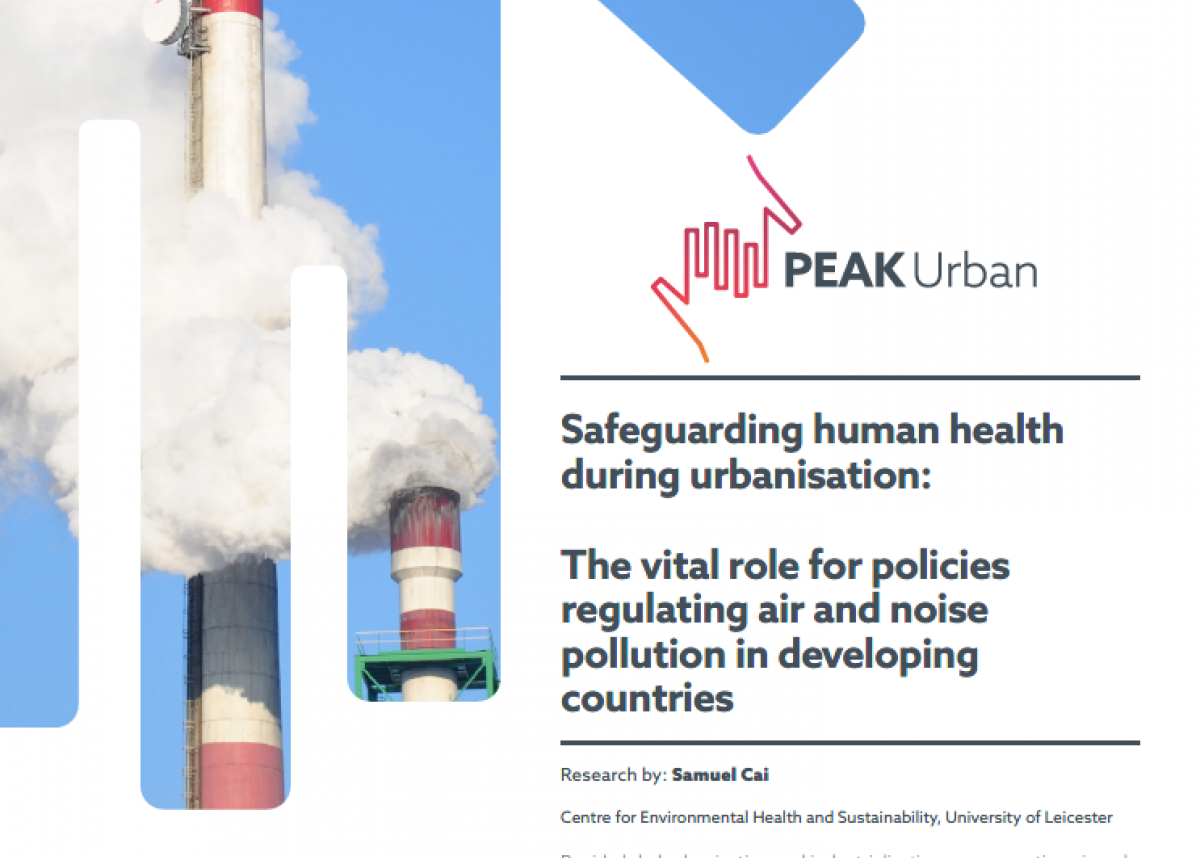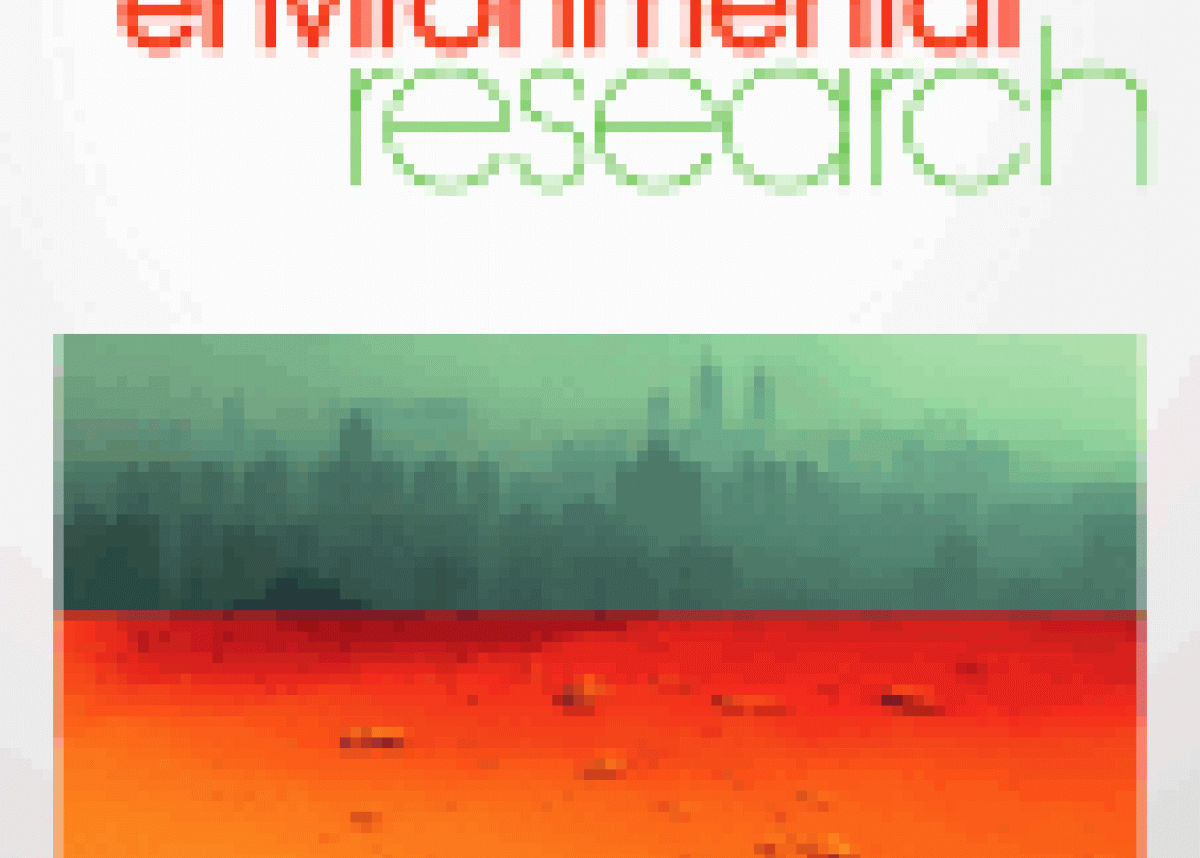
THE CHALLENGE
Globally, acute lower respiratory infections (ALRIs) are among the leading causes of morbidity and mortality among children under 5 with nearly all the cases occurring in low and middle-income countries. In 2010, about 50% of the global 5.8 million deaths caused by ALRIs occurred in Sub-Saharan Africa.
There are some well-studied risk factors for ALRIs including child’s age, vaccination rates, household sanitation and pollution, and mother’s socioeconomic status. However, evidence is relatively scarce in Sub-Saharan Africa regarding the impacts of physical living environment such as housing quality and air pollution, as well as access to healthcare facilities.
Improved identification of potential risk factors relating to physical environment would allow more effective policies to be developed for interventions which in turn would lead to improvements in children’s respiratory health and provide opportunity to reducing the global burden of ALRIs.
OUR APPROACH
In recent years researchers have successfully mapped environmental data using both traditional (i.e. GIS/modelling) and more recent (i.e. remote sensing) methods. To leverage on these open data and tools, this project seeks to answer the following research questions:
- What are the associations between ambient PM2.5 pollution and ALRIs risk across Sub- Saharan Africa and how does ambient temperature and moisture interact with these associations?
- Is improvement in housing quality associated with reduced prevalence of ALRI across these countries?
- Is better access to healthcare facilities associated with reduced prevalence of ALRI across these countries?
This epidemiological study, using publicly available health survey data and geospatial data, as well as statistical modelling, aims to address a pressing challenge in child health across the urbanising African continent. We will use data from the most recent standard DHS (Demographic and Health Surveys) conducted from 2011 to 2018 across 32 African countries. We will focus primarily on ambient air pollution and housing quality, two environmental factors which are closely related to urbanisation in the developing world.
People








